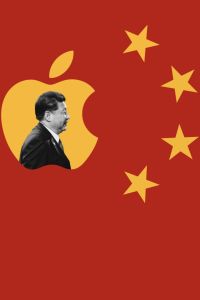Join getAbstract to access the summary!

Join getAbstract to access the summary!
Griffin Kelly
Apple's Fraught Future in China
Apple’s enjoyed unusual levels of success in China for a Western company, but its future in the country is looking less and less bright.
Daily Upside, 2024
What's inside?
Discover Apple’s challenges and uncertainties as it navigates its future in China's giant market.
Recommendation
Apple’s road to success in China has been bumpy. Sales were $25 billion in 2013, when it entered the market in a substantial way. They hit $59 billion, then dipped to chug along in the mid-$40-billions for a few years, growing steadily. Sales reached $75 billion in 2022 and fell to $72.5 billion in 2023. Griffin Kelly of The Daily Upside provides an in-depth analysis of Apple’s challenges, headwinds, complexities and uncertainties in China. He sheds light on trade tensions, government regulations and competition from local smartphone manufacturers. His thought-provoking analysis emphasizes Apple’s need to differentiate, adapt to changing market dynamics and provide innovative offerings to regain market share.
Summary
About the Author
Griffin Kelly is a New York-based writer for The Daily Upside. He reports on a wide variety of topics, from infrastructure to politics.

















Comment on this summary